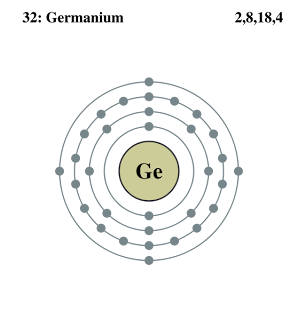In a paper published in one of the most cited scientific journals, Nano Letters (ISI citation factor is 9.627), researchers at NPL looked at solutions to this problem as part of a project dealing with magnetic phenomena at reduced dimensions.
In the paper NPL's scientists reported on their research on single crystalline Mn-doped Ge nanowires that display ferromagnetism above 300 K and a superior performance with respect to the hole mobility of around 340 cm2/Vs and other industrially relevant parameters, demonstrating the potential of using these nanowires as building blocks for electronic devices.
Senior Research Scientist at NPL Dr Olga Kazakova said:
'The solution lies in changing not only the material but also the structure of our transistors. We have worked mainly with germanium nanowires that we have made magnetic. Magnetic semiconductors don't exist in nature, so they have to be artificially engineered. Germanium is closely compatible with silicon, meaning it can easily be used with existing silicon electronics without further redesign. The resulting transistors based on NPL's germanium nanowire technology, which could revolutionise computing and electronic devices, could realistically be 10 years away." ###
The work is a result of close collaboration between scientists in Ireland (UCC and Trinity College), USA (Intel Corporation and Univ. of California) and the UK (NPL).
Notes to Editors, About The National Physical Laboratory (NPL)
The National Physical Laboratory (NPL) is one of the UK's leading science facilities and research centres. It is a world-leading centre of excellence in developing and applying the most accurate standards, science and technology available.
NPL occupies a unique position as the UK's National Measurement Institute and sits at the intersection between scientific discovery and real world application. Its expertise and original research have underpinned quality of life, innovation and competitiveness for UK citizens and business for more than a century:
NPL provides companies with access to world leading support and technical expertise, inspiring the absolute confidence required to realise competitive advantage from new materials, techniques and technologies
NPL expertise and services are crucial in a wide range of social applications - helping to save lives, protect the environment and enable citizens to feel safe and secure. Support in areas such as the development of advanced medical treatments and environmental monitoring helps secure a better quality of life for all
NPL develops and maintains the nation's primary measurement standards, supporting an infrastructure of traceable measurement throughout the UK and the world, to ensure accuracy and consistency.
Contact: Joe Meaney joe@proofcommunication.com 084-568-01864 National Physical Laboratory















1 comment:
I believe that Germanium is quite beneficial for health.And i have found some effective products at Rainbow Wellbeing (www.rainbowwellbeing.com).
Post a Comment